A LSO BY N ELSON L ICHTENSTEIN
Who Built America?:
Working People and the Nations History
American Capitalism:
Social Thought and Political Economy in the Twentieth Century
Wal-Mart:
The Face of Twenty-First-Century Capitalism
State of the Union:
A Century of American Labor
Walter Reuther:
The Most Dangerous Man in Detroit
Labors War at Home:
The CIO in World War II
THE RETAIL REVOLUTION
THE
RETAIL
REVOLUTION
HOW WAL-MART
CREATED A BRAVE NEW WORLD
OF BUSINESS
NELSON LICHTENSTEIN
METROPOLITAN BOOKS HENRY HOLT AND COMPANY NEW YORK
For George Cotkin
Historian and Friend

Metropolitan Books
Henry Holt and Company, LLC
Publishers since 1866
175 Fifth Avenue
New York, New York 10010
www.henryholt.com
Metropolitan Books and  are registered trademarks
are registered trademarks
of Henry Holt and Company, LLC.
Copyright 2009 by Nelson Lichtenstein
All rights reserved.
Distributed in Canada by H.B. Fenn and Company Ltd.
Library of Congress Cataloging-in-Publication Data
Lichtenstein, Nelson.
The retail revolution : how Wal-Mart created a brave new world of business / Nelson Lichtenstein.1st ed.
p. cm.
Includes bibliographical references and index.
ISBN-13: 978-0-8050-7966-1
ISBN-10: 0-8050-7966-1
1. Wal-Mart (Firm)Management. 2. Discount houses (Retail trade)United StatesManagement. 3. Retail tradeUnited StatesManagement. I. Title.
HF5429.215.U6L53 2009
Henry Holt books are available for special promotions and
premiums. For details contact: Director, Special Markets.
First Edition 2009
Designed by Kelly Too
Printed in the United States of America
1 3 5 7 9 10 8 6 4 2
CONTENTS
INTRODUCTION
FROM BENTONVILLE
TO GUANGDONG
Shopping has become the most important thing we do to keep Americas $13 trillion economy humming. It is the retailers, Wal-Mart first among them, who have become the key players in the worldwide marketplace of our time. They are the new business giants fueling the China boom, building huge container ports on every continent, and transforming the metropolitan landscape at home. Controlling more than half of all world trade, they make the markets, set the prices, and determine the worldwide distribution of labor to produce that gigantic stream of commodities that flows across checkout counters in every major industrial country.
All this is graphically apparent upon a visit to the two most dynamic nodes of transnational capitalism today. It is easy to get to Bentonville, Arkansas, where Wal-Mart has its world headquarters in an unimpressive, low-slung building nearby the companys original warehouse. There are lots of direct flights from Denver, Chicago, New York, and Los Angeles to this once remote town in the far northwestern corner of Arkansas; Beijing and Hong Kong are but one stop away. Bentonville is still not very big. Between Fayetteville, the university town twenty miles to the south, and the Missouri line just north of Bentonville there are hardly more than three hundred thousand people. But it is now one of the fastest-growing metropolitan regions in the country. The parking lots are full, the streets are crowded, and new construction is everywhere. There are dozens of subdivisions full of oversized houses, scores of freshly built motels and hotels, new country clubs and churches, and even a mosque and a synagogue. And the Walton family presence is everywhere: theres a Sam Walton Boulevard in Bentonville; a Bud Walton Arena and a Walton College of Business at the University of Arkansas; a terminal building named after daughter Alice Walton at the airport; and an ambitious, family-funded art museum in the offing.
Most important, Bentonville and nearby Rogers are now home to at least 750 branch offices of the largest Wal-Mart vendors who have planted their corporate flag in northwest Arkansas in the hope that they can maintain or increase their sales with the worlds largest buyer of consumer products. Procter & Gamble, which in 1987 may well have been the first company to put an office there, now has a staff of more than 250 in Fayetteville; likewise Sanyo, Levi Strauss, Nestl, Johnson and Johnson, Eastman Kodak, Mattel, and Kraft Foods maintain large offices in what the locals sometimes call Vendorville. Walt Disneys large retail business has its headquarters not in Los Angeles but in Rogers, Arkansas.
These Wal-Mart suppliers are a whos who of American and international business, staffed by ambitious young executives who have come to see a posting to once-remote Bentonville as the crucial step that can make or break a corporate career. If they can meet Wal-Marts exacting price and performance standards, their products will be sucked into the stream of commodities that flows through the worlds largest and most efficient supply chain. For any goods maker or designer, it is the brass ring of American salesmanship, which explains why all those sophisticates from New York, Hong Kong, and Los Angeles are dining at the surprisingly large number of good restaurants that have sprung up in northwest Arkansas.
If Bentonville represents one nerve center of retails global supply network, Guangdong Province is the other. Located on the southern coast of China, its sprawling factories link a vast new Chinese proletariat to the American retailers who are putting billions of Chinese-made products on a million U.S. discount store shelves every day. With more than 15 million migrant workers, tens of thousands of export-oriented factories, and new cities like Shenzhen, which has mushroomed to more than 7 million people in just a quarter century, Guangdong can plausibly claim to be the contemporary workshop of the world, following in the footsteps of nineteenth-century Manchester and early-twentieth-century Detroit.
This was my thought when I taxied across Dongguan, a gritty, smoggy, industrial sprawl located on the east side of the Pearl River between Guangzhou (the old Canton) and skyscraper-etched Shenzhen. We drove for more than an hour late one Sunday afternoon, along broad but heavily trafficked streets, bordered by bustling stores, welding shops, warehouses, small manufacturers, and the occasional large factory complex. This is how the cities of the old American rust belt must have once looked, smelled, even vibrated.
Because of its proximity to Hong Kong, as well as its remoteness from the capital, the Chinese government in Beijing chose Shenzhen as a special economic zone in 1979. A few years later the entire Pearl River Delta became part of this zone, with low corporate taxes, few environmental or urban-planning regulations, and the increasingly free movement of capital and profits in and out of the region. The results were spectacular. Gross domestic product in the Pearl River region leaped from $8 billion in 1980 to $351 billion in 2006. Shenzhens population rose twentyfold. Guangdong Province itself, which covers most of the Pearl River Delta, produces a third of Chinas total exports. And 10 percent of all that finds its way to Wal-Marts U.S. shelves.


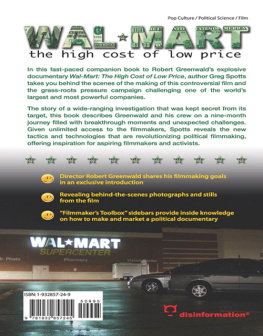
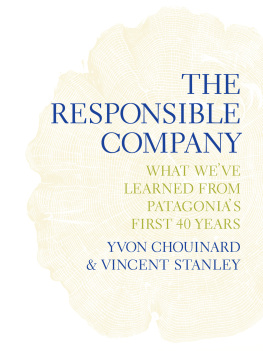
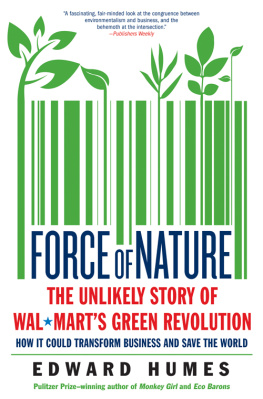

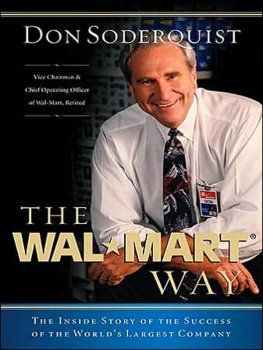
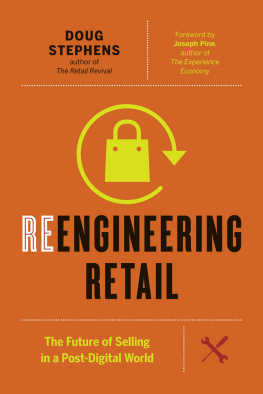
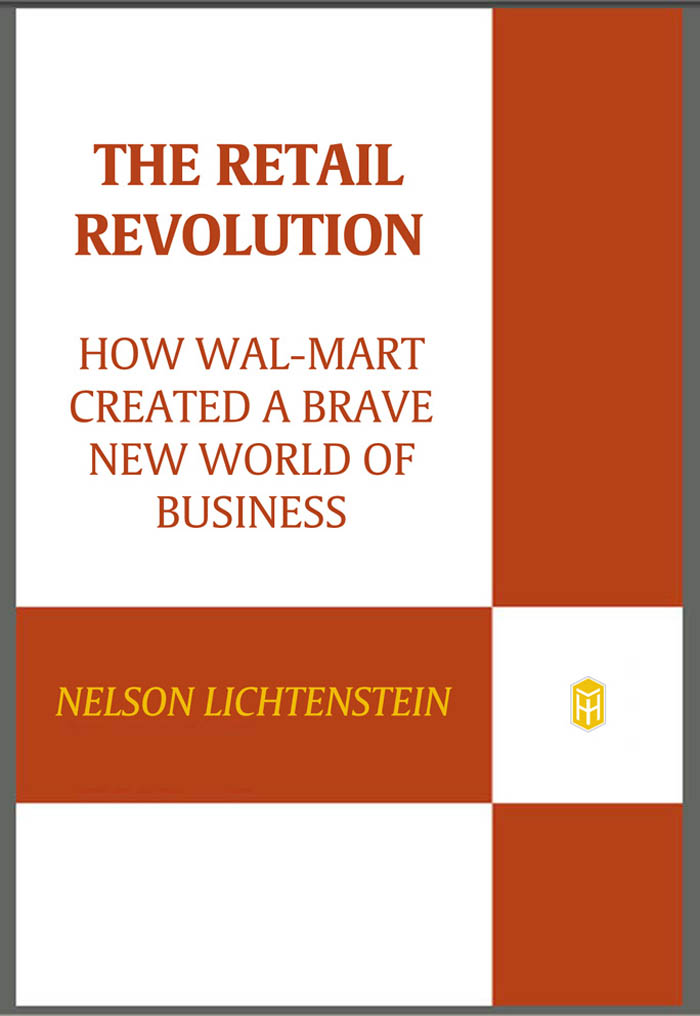

 are registered trademarks
are registered trademarks